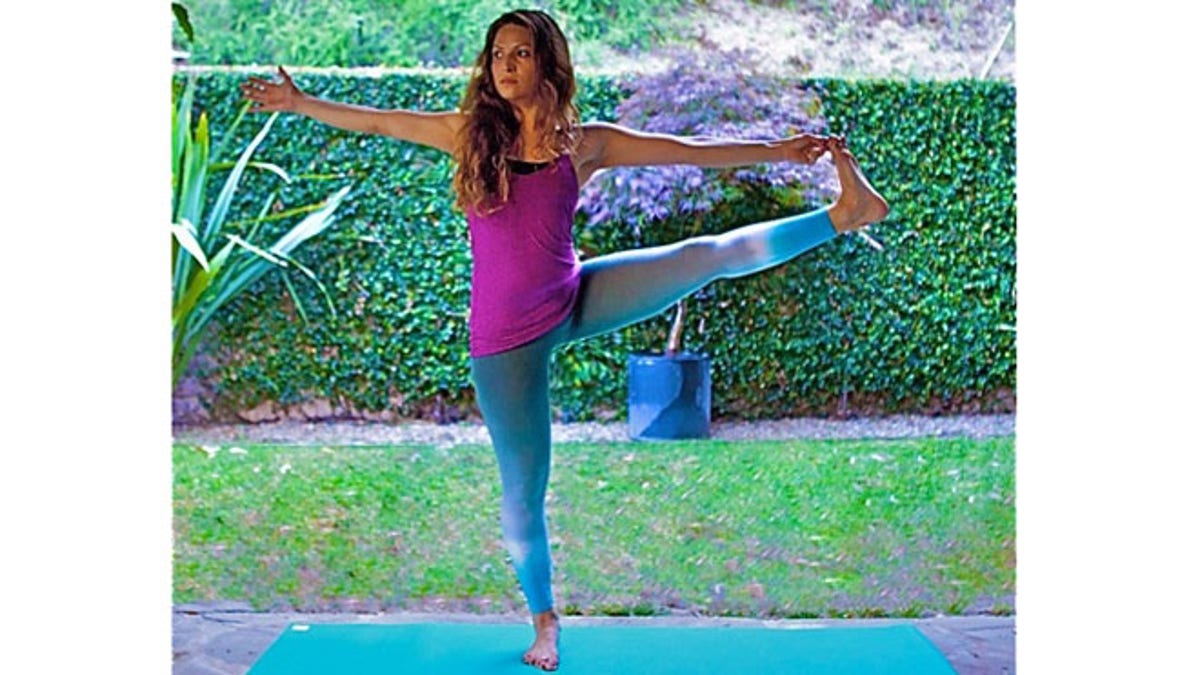
(Courtesy of Torry Pendergrass)
Yoga is the oldest defined practice of self-development. Originating as an Eastern practice, Yoga has made its way West and has garnered popularity as another way to get fit and be healthy. Classically yoga imbues ethical disciplines; it practices physical postures that include breathing techniques and meditation.
Over the past several years, there have been countless medical studies that suggest yoga can help with dealing with anxiety. Being someone who suffered from panic attacks, Yoga has given me the tools to help prevent them from happening. Here are the three ways it can help.
Move your Body: Yoga incorporates asana (physical postures) that focus on stretching, balance and coordination. When done correctly by an experienced instructor, the physical results can be astounding. Studies have shown that stretching aids in artery function as well as lowering blood pressure. Something that is vital for keeping anxiety at bay. Poses like Child’s Pose, Viparita Karani (Legs up the Wall), and Seated forward folds allow your body to restore its homeostasis.
Focus your Mind: Stillness of the mind is key. It is necessary to create a distraction free environment to achieve its benefits. Most yoga classes offer a meditation at the beginning or the end of class. This requires one to sit still and go within. For people who are newer to meditation, one can choose to use the entire yoga practice, as a moving meditation if sitting still is an issue.
Breathe: The breath is incredibly vital to reducing anxiety and muscle tension. Through breathing slowly, one can normalize the heart rate thus resulting in efficient use of oxygen. Adrenal glands produce less cortisol and your immunity function is dramatically improved.
Our world is filled with constant onslaught of stress, anxiety and worry. Yoga is easily accessible; in addition there are new yoga studios opening up daily, free videos online, classes offered at fitness centers and many amazing and experienced yoga teachers out there.
